“You only get one chance to make a great first impression,” goes the old adage. That’s the essence of curb appeal. When someone arrives at your property, they can be pleasantly surprised, or disappointed. Much of that reaction will depend on how much effort is made to keep your property looking and feeling its best.
And important as that effort is, it doesn’t have to cost a fortune. Maintaining your curb appeal doesn’t mean a major lobby overhaul every year, or even every five years. Strong curb appeal is the result of regular maintenance efforts, right down to daily routines like polishing brass, cleaning windows, and tidying up plantings.
Cleanliness is Next to…
Ground zero for maintaining curb appeal on a budget is to attend to it every day as part of your building's regular daily maintenance routine. Pick that low hanging fruit by keeping the sidewalk frontage, lobby, and common areas neat, tidy, and clean.
“It’s all about cleanliness,” says Laura Nicolini, Executive Director for FirstResidential in Chicago. “Your staff should make frequent checks of the main entry for garbage, bugs, cobwebs, empty trash, and smoking containers. Doors and windows must always appear clean, and there should never be any burned out or mismatched lightbulbs.”
“Start with low cost, basic items like cleanliness,” says Eugene Cordano, president of Brown Harris Steven, New Jersey. “Just maintaining clean sidewalks, orderly shrubs, cleaning up daily, sweeping the walkways, believe it or not, goes a long way. When people arrive at your building it might not be brand new, but it’s clean. That makes a huge difference.”
“In full service buildings, make sure the person at the door looks good,” says Dan Wollman, CEO of Gumley Haft, a New York City-based real estate management firm. “Their uniforms must be clean and pressed. Their shirt and tie must be neat, and their jacket and shirt not worn out. Hair should be well cut and in place, and if they have facial hair it should be well-trimmed. They are the first person anyone coming to the building, resident, guest, or prospective buyer, will see when they enter. Your staff are like the tie in a shirt/suit ensemble. It’s the first thing someone sees, and it has to look good.”
Scott Wolf, CEO of Brigs, a property management firm in Boston, Massachusetts, suggests starting with the trimmings and plantings outside the property. “Low-maintenance plantings that are sustainable and don’t need a lot of care are a great way to increase curb appeal on a budget,” he says. “I visited some of our buildings recently and noticed that the signage on the mailboxes and intercoms were a bit messy. We sent someone over with a label maker and cleaning solution. He changed the labels so everything matched, and buffed the metal on the mailboxes.” With just those small improvements, Wolf says, “everything looked new.”
“Make sure the building looks well cared for and inviting,” says Nicolini. “That’s the ultimate goal. Update doors with fresh paint or stain when needed. Replace old hardware and update lighting and greenery, as well.”
According to Nicolini, “good landscaping is the time tested ‘trend’ that never goes out of style. If your building can’t afford seasonal changes, invest in greenery that is perennial. There are so many beautiful plants with different shades and shapes of green that will provide an interesting pallet that compliments every building type. Consult with your landscape professional for guidance.”
Past the Front Door
Curb appeal doesn’t stop at the front door of the building. Maintaining your lobbies and common areas is as critical as maintaining the entrance that greets visitors and residents alike.
“Keep up on preventative maintenance and replace worn surfaces,” advises Nicolini. “Update light fixtures and be sure to use ‘warm’ lights. Have fresh flowers if your budget allows. If not, then use live greenery. Integrate art where possible. Use a branded floor mat. These are tested ways to make an impression on a budget.”
“Interior upkeep is very important,” agrees Brian Phillips, a broker with Douglas Elliman in New York. “Lobbies and hallways should be bright, well-lit, and free of clutter, with polished flooring and fresh paint. Clean, modern elevators and clearly labeled, well-organized mail and package areas help create a sense of order and professionalism. Proper garbage placement is crucial as well—designated disposal areas should be orderly, with clean, enclosed containers that minimize odors and spills.”
Lighting is another key element, explains Cordano. “The way a building looks can be augmented cheaply with excellent lighting, which increases curb appeal at night. Lighting also increases the safety element, which in turn increases curb appeal. Safety is one of those subconscious things residents and visitors alike are aware of. Landscape lighting is also a big plus, very upper end. It looks good.”
Some Do’s & Don’ts
What else can shared communities do—and avoid doing—to keep their curb appeal up without a full-blown renovation? How should they manage the process? Our experts have a few suggestions.
“On the don’t side,” says Cordano, “those who have served on boards already know that residents have opinions—and you can’t please everyone. The board needs a group or subcommittee with a sense of design to make decisions about upkeep in a rational way. If your property is an older, classic building, maintain it in that way, instead of throwing out everything and starting new. Many buildings have a brand identity, and that serves them well. If the building falls into disrepair and needs to reenergize, to put itself back up on the stage, so to say, make sure those on the board making decisions are capable. Bringing in a designer is expensive.”
Wollman is a proponent of flowers in the lobby. “Lots of buildings use orchids,” he says, “but I’m a fresh flowers guy. They look better, and make a bigger statement. If I see a nice bouquet of flowers, I like that. Lobbies should be understated. They’re not actually for people to sit in. The space should look inviting, but not be inviting in reality. So, uncomfortable-but-good-looking furniture. On the don’t side, door staff should not engage guests in conversation. They should greet the guest, find out why they are there, and direct them to where they should go.”
“Clutter should be avoided,” adds Phillips. “Too many flyers, excessive signage, and outdated bulletin boards create visual chaos. Minor maintenance issues, such as cracked pavement, peeling paint, or a malfunctioning intercom system may seem insignificant, but they signal poor management to prospective buyers and residents. Boards should also ensure design consistency—mixing ultra-modern fixtures with historic elements without cohesion can create an awkward, disjointed aesthetic.”
What’s Current
Curb appeal is as old as habitation itself, but tastes change, especially in this age of lightning-fast media. So how can a common space be made to feel fresh and current without falling victim to faddish trends that will be passe in a year or two?
“When picking colors,” says Wolf, “pick generic colors. Same goes for artwork. Don’t ever go with the personal selections of only one board member. Get input from the owners too. They may not like a mauve lobby, for example. Do what’s practical and reasonable, so the owners—not on the board—say, ‘Nice little touch.’”
“Use neutral, cohesive colors,” agrees Nicolini. “Don’t go with trends. Also, look for and eliminate things that disrupt or negatively stop the eye from moving through the space. Some good examples are dead landscaping, sign littering, and clutter.”
And make it practical; “Curb appeal trends are shifting toward smart technology,” says Phillips. “Clean design, and functional outdoor spaces. Many buildings are upgrading entryway lighting with motion-sensor and energy-efficient LED fixtures, improving both security and aesthetics while creating a polished, upscale look. Outdated signage and cluttered façades are being replaced with sleek, minimalist design elements, such as frameless glass entryways, refined address numbers in brass or stainless steel, and uniform mailbox systems that blend seamlessly into lobbies. These updates create a sophisticated and contemporary aesthetic, making buildings feel more modern and well-maintained.”
Effect on the Bottom Line
One of the more opaque effects of curb appeal is on sales price. It’s hard to put it into hard numbers, but when a property shows better, units will command higher prices.
Wollman says curb appeal has a clear and measurable effect. “If I went into a building that had no curb appeal, I might not even look at the apartment. Top-shelf curb appeal might not add, say, 10 percent to sales prices, but more generally, it attracts buyers, and sales happen more quickly. If a building doesn’t show well, why would you want to live there? You want to live in a place that looks good.”
To that point, Nicolini also notes that “poor curb appeal, especially in a multifamily setting where individuals do not have control over the common spaces, deters potential buyers. It could lead to longer times on the market, and a reduction in the sales price. Your entryway and common areas are a buyer’s first welcome to their prospective home. They’ll see them every day, and every day will have an emotional reaction to the environment. It also isn’t a real stretch to think, if they aren’t caring for the entrance, what else is not maintained? Will there be an assessment to catch up?”
With that said, start polishing.
AJ Sidransky is a staff writer/reporter with CooperatorNews, and a published novelist. He may be reached at alan@yrinc.com.



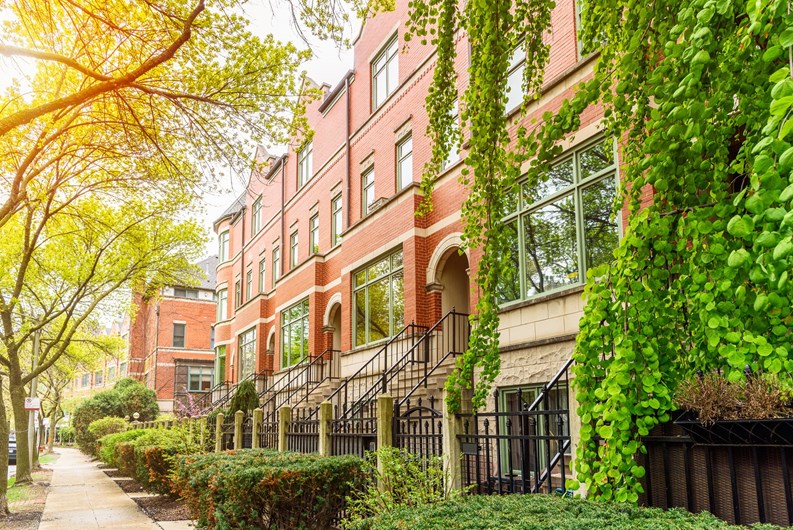
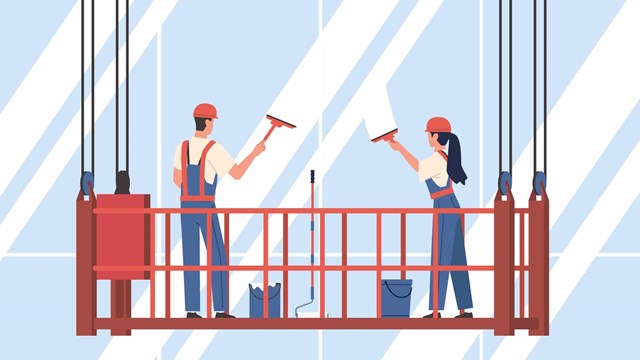


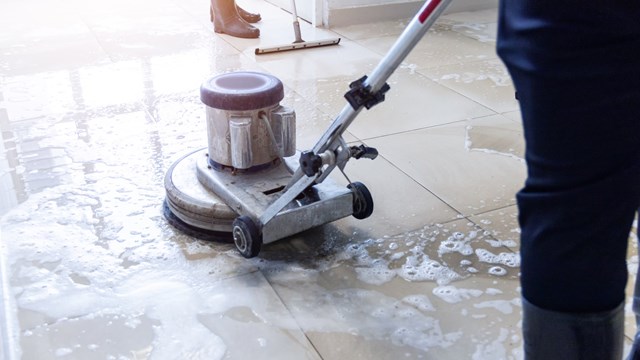
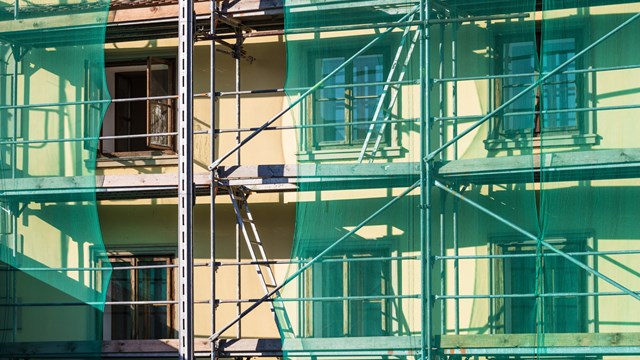
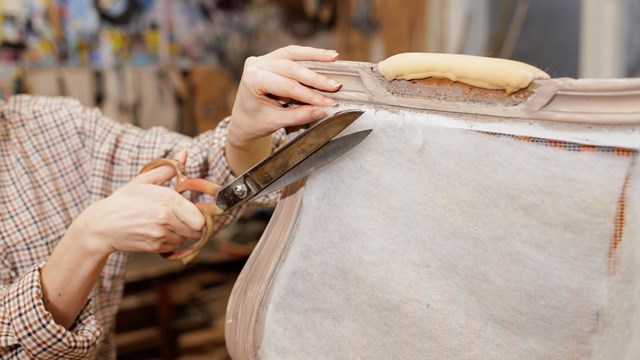
Leave a Comment